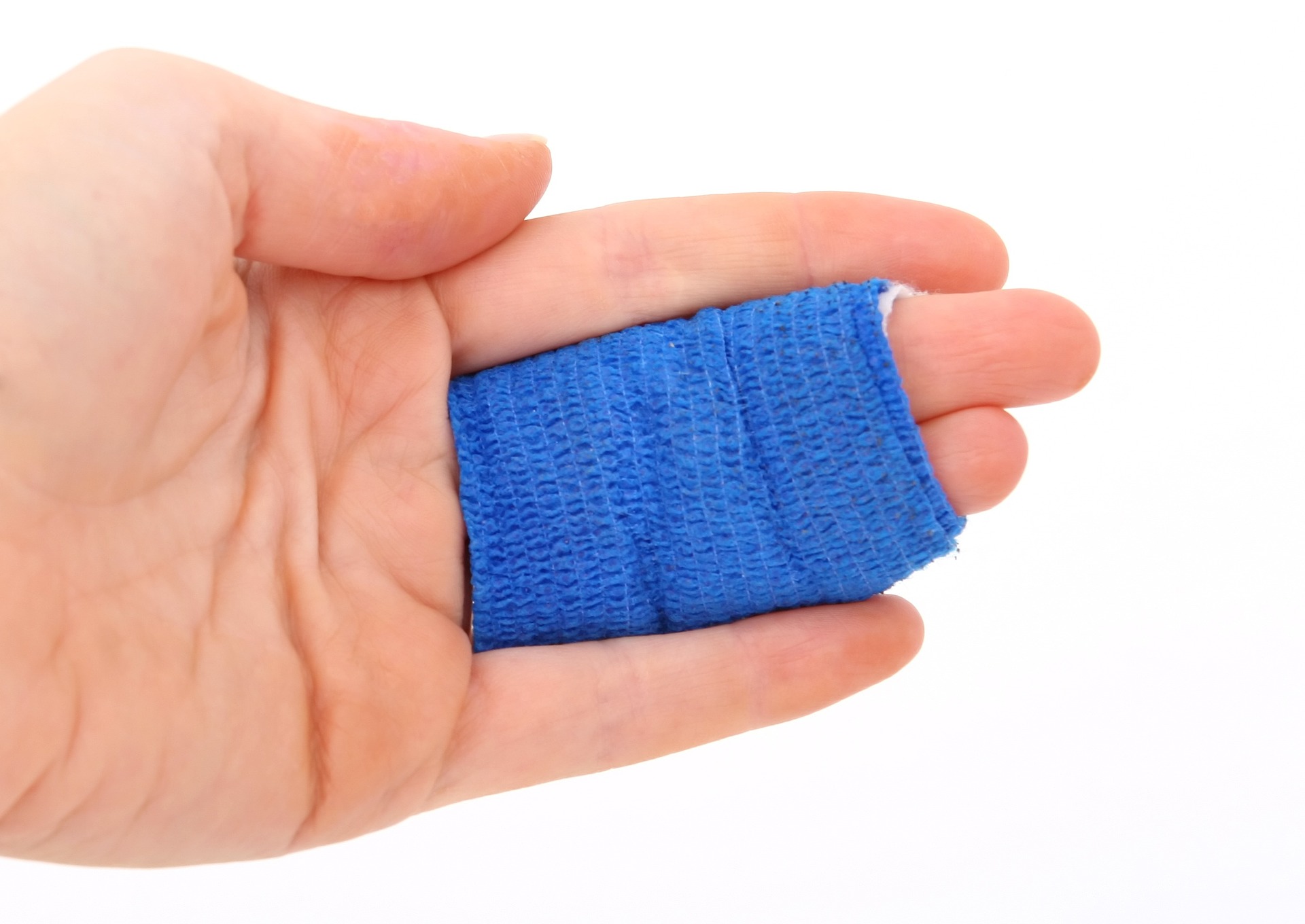If you have ever broken a bone, you likely understand the associated pain. But do you ever wonder how exactly the injury recovers? While minor fractures may heal on their own, more serious fractures often require invasive procedures where metal devices are inserted into the body. Unfortunately, such procedures are unable to guarantee that the affected area will be able to regain its original functionality. More importantly, bone damage is not limited to just injuries and can occur from various diseases. Although preventive measures may be taken to protect one’s bones from weakening, current treatments for bone loss are limited due to the lack of knowledge surrounding the concept of bone regeneration. Fortunately, a recent breakthrough study has changed how these debilitating conditions may be treated in the near future.
Image Source: Klaus Vedfelt
Researchers from Stanford have recently isolated and identified cells called human skeletal stem cells (hSSCs). Using single-cell RNA sequencing and flow cytometry, they compared cells of the human fetal femur to mouse skeletal stem cells (mSSCs) previously identified by the same lab. The researchers found a population of human cells with specific cell surface markers that likely represented hSSCs. Then, the researchers performed a variety of in vitro and in vivo experiments in hopes of showing that these cells were stem cells according to two defining properties: the ability to self-renew and the ability to differentiate into specialized skeletal cells. One interesting experiment involved transplanting hSSCs into the kidneys of immunodeficient mice. The cells that grew within these kidneys were confirmed to be human in nature and specifically consisted of human osteocytes (bone), chondrocytes (cartilage), and stromal cells. Ultimately, they found that these cells were indeed stem cells, and that they likely represented the cells responsible for making up the human skeletal system.
Image Source: Chris Hackett
The results of this study suggest that it may be possible to stimulate bone growth and repair by manipulating the hSSCs present at the site of bone damage. Such treatment is more natural and likely more effective than current surgical procedures. However, further understanding of their effects in clinical studies will be necessary before they can serve as a readily available therapy to all individuals. Although it is unlikely that these findings alone will enable humans to regenerate entire limbs as starfish do, those suffering from conditions like osteoporosis may benefit greatly from this research in the near future.
Feature Image Source: Robert-Owen-Wahl










